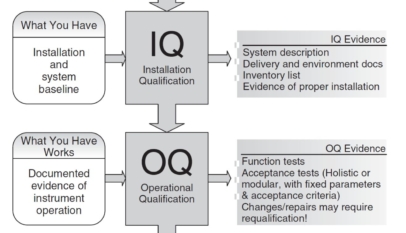Listening to the “voice of the customer” (VOC) is an important part not just of customer satisfaction activities such as those initiated under the Malcolm Baldrige National Quality Award but also in any quality assurance program. Any requirement that comes from the customer can be analyzed as VOC data capable of revealing the customer’s hidden requirements.
In QFD, VOC is often referred to as primitive data or linguistic data. Although it was originally called linguistic data, nowadays it is most commonly referred to as primitive data. This came about from the need to emphasize the importance of this data in quality assurance.
Acquiring Customer Data paragraph lists some of the methods that can be used to acquire VOC primitive data. Given the emphasis that QFD places on the Three Actualities Principle, we favor conducting surveys in which potential customers are asked their opinion of a product after having the opportunity to actually use it. Accordingly, both individual and group interviews are recommended techniques.
In cases where it is not possible to interview consumers directly, consumer behavior surveys in which customer’s actions are observed are an effective method. This method entails searching for the consumer’s hidden requirements by closely observing how they behave. This is probably related to DO Needs as described by Nobuyoshi Umezawa in his Key Needs Method, but the basic point is that a consumer’s behavior reveals what it is he wants. In many cases, the customer himself is not aware of what his actual needs are, and therefore a direct interview itself will not provide a clear answer.
Thus the best way to understand customers’ needs is by a combination of observing actions and studying the responses to survey questions.
In cases where it is not possible to conduct interviews directly or where personnel with the skills necessary for individual and group surveys are not available, a questionnaire is the most common approach. As the name implies, questionnaires involve the subject answering a list of questions. One advantage to this approach is that thorough preparation of the questionnaire format and content is possible. There is also a variety of techniques that can be used to conduct the survey, such as by mail or by telephone, but perhaps the most valuable approaches are those in which the survey subjects fill in the answers themselves.
Another important aspect is the acquisition of customer attribute data. It is important to give careful thought to how attribute data will be used and to avoid wasting time and money on the acquisition of data such as age or gender when such information is unnecessary.
Acquiring Customer Data
- Group interviews
- Individual interviews
- Consumer behavior surveys (pilot shops, understanding consumer needs through observation, survey of un-purchased products
- Questionnaire
- Telephone survey
- Social media survey
- Opinion files (Customer files)
- In-house reports
- Industry news
- The Internet



















